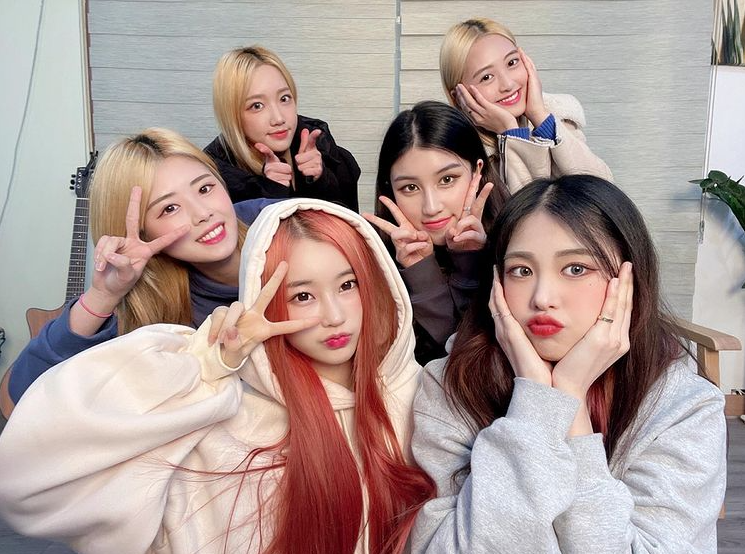

They allow you to see how far your photographs have traveled across the net but also play a huge part in keeping control over how they’re used, now and in the future.Silver Pixie Drawings by AtelierSommerland 13 / 1,525 Cute toon fairy posing. Reverse image search engines should be as essential in a photographer’s toolkit as their camera.
#PIXY IMAGE PROFESSIONAL#
Pixsy Reverse Image Search adds a variety of other benefits for professional photographers: By maintaining a database of images, you can identify any new possible cases of copyright infringement right away.

Any matches where a watermark, or other key elements, have been photoshopped out of the original version will still appear in the search results.It brings up more complex matches, such as when your photo has been used as a poster or bus advertisement.You can get matching search results even when images have been resized, cropped or when there are slight differences in color and contrast.Reverse image search tools are particularly effective when dealing with unauthorized photo use. that the photo isn’t promoting a purpose or cause you don’t agree with. You can run a reverse image search to check whether anyone using your photo is doing so in a way that reflects well on you e.g. When you come across a website that’s using your photo, you can ensure that all of them credit you with a link back to your website.Ĥ. In some cases, you may get a positive result, but can’t find your image on the linked website - this maybe because it’s being used as the article thumbnailģ. All Rights Reserved or Creative Commons).Ģ.
#PIXY IMAGE LICENSE#
Some image search engines let you refine your results by size, file type, or what license the image has (i.e. Performing a reverse photo search is very straightforward, but there are a few things you can do if you want to find or avoid specific results:ġ. Aside from detecting intellectual property, they can be used for a variety of other applications such as face-finding or detecting nudity and other explicit content. Photo: Benjamin Balázs How does a reverse image search tool work?Ī reverse search tool is known as a content-based image retrieval (CBIR) technique, which creates a “digital fingerprint” of the photo to find matches from. Others, like Pixsy, are vital in the fight against photo theft by locating unlicensed uses of your work, or determining an image’s original source so you can ask permission to use it from the photographer.
#PIXY IMAGE MOVIE#
Some are informational, such as finding out the name of an actor from a movie still. Reverse image search platforms have a wide variety of uses. Just as a regular search engine generates a list of pages featuring your query in the title or meta-description, a search tool for photos will display every instance where your work is currently viewable online. In simple terms, a reverse image search takes a photo you’ve uploaded or provided the URL for and turns it into a search term. This overview will help decode some of the technical jargon behind image searching, and explain how you can use it to protect your photographs. Now it’s easier than ever for photographers to find out how many times their copyright has been infringed, and to take affirmative action. Reverse image search engines are extremely useful in the fight against online image theft. How Reverse Image Search Tools Like Pixsy Help Fight Image Theft


 0 kommentar(er)
0 kommentar(er)
